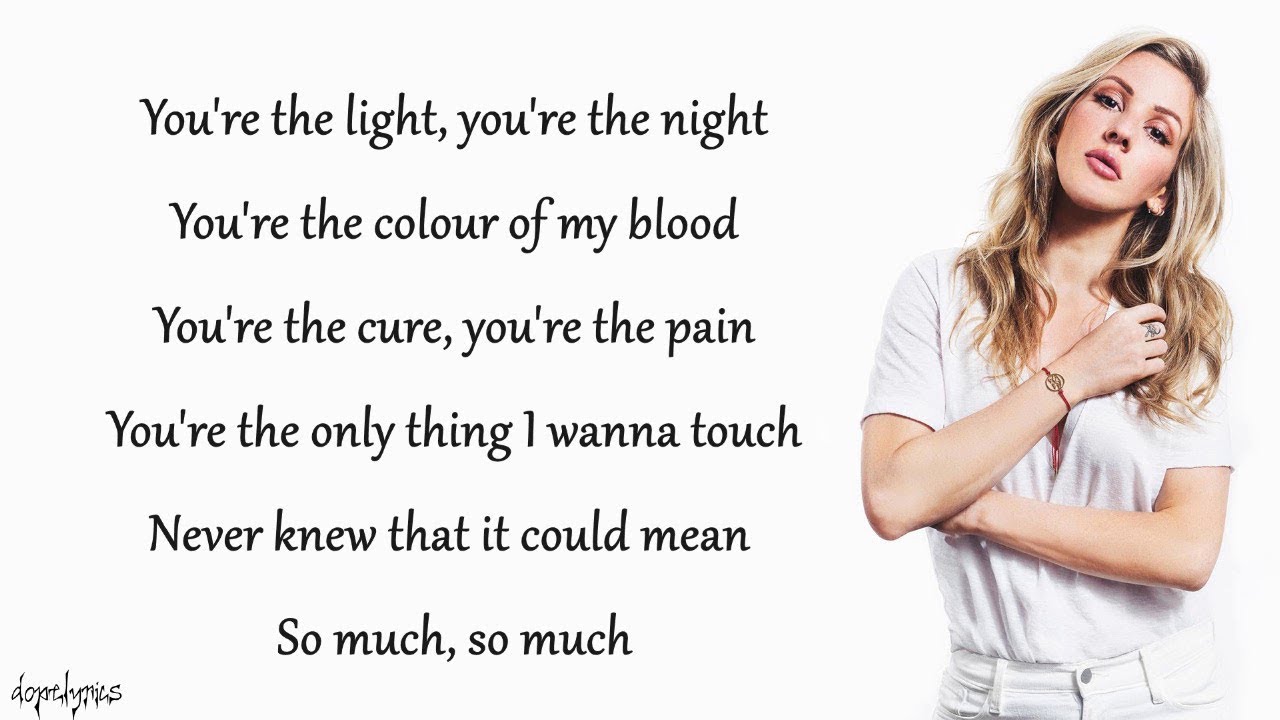For those who are interested, like or work in the field of photography, they should have heard a lot about ISO or even what they see in the settings of their professional camera or compact camera. Note that this mechanism is as important as opening or shutter speed.
But what is ISO? ISO measures the sensitivity of the sensor to light, it is very simple to understand: the higher the ISO, the more sensitive it is and so the camera interprets that the subject or environment to be photographed needs more clarity, then expands the light capture. The weaker the ISO, the less information about the subject will be captured.
- However.
- There is more to know than that.
- By changing the value to values greater than 800.
- The photographer warns the camera that there are areas of the photo that are uneven.
- And then the camera tries to compensate for them.
- But this generates noise (default in the image; green and red pixels).
- Although considered a defect.
- This function can be used very well when you know how to apply it.
- Today.
- Many photographers use this kind of effect.
In short, when using a higher ISO, the faster the shutter speed. The rule is simple: the less light there is in the room, the more sensitive the isO should be.
By placing it at lower values, the photographer eliminates the camera requirements in relation to the photo, but to continue with good results, it is necessary to have more light in the environment. In case of daylight exposure, well-lit photographic studies can use ISO 100, for example.
In general, cameras offer an ISO range of 100 to 1600, newer cameras have a much higher range, and therefore there is some fear when setting up ISO.
The most important thing when choosing the correct ISO for your camera is to check the clarity of the environment you are in, remember: the higher the ISO, the clearer the camera will capture.
As already mentioned, noise is generated by high ISO exposures, but that is not always bad, one of the characteristics of analog cameras is noise and to approach this effect, many photographers use maximum ISO sensitivity.
Lower ISO values produce precise colors, smooth and aesthetically appealing images, but this requires excellent lighting conditions. However, there are some subjects you may want to photograph in low light conditions or frozen movements (a hummingbird, a racehorses or a carousel). In all situations, you will need a higher ISO to capture these images with acceptable exposure.
Unlike film, with a digital camera, you can increase the ISO by simply pressing a button, and this flexibility makes it much easier to get the desired image. Therefore, with higher ISO, you can use faster shutter speeds to eliminate motion blur or camera movement.
By increasing the ISO to the desired value and increasing exposure, you get incredible light effects on the desired subject.
With a tripod, you can increase your camera’s ISO and image exposure time when the subject is fixed. In this way, it ensures that the light is widely dispersed and evenly divided by the camera at the right time.
For better quality photos, pay attention to the combination of tripod or monopod and settings. By increasing exposure, decreasing aperture and adjusting machine ISO to adapt to ambient light, you will get excellent results in your work.
ISO is the third most important function to consider when shooting, right in front of shutter opening and exposure speed. By combining these three elements, you’ll get exuberant results and superior quality of service.
Lighting is an essential element to achieve excellent results and ISO is what helps you compensate for its lack. Knowing the right time and the right time to use it is what sets professional and amateur photographers apart!

